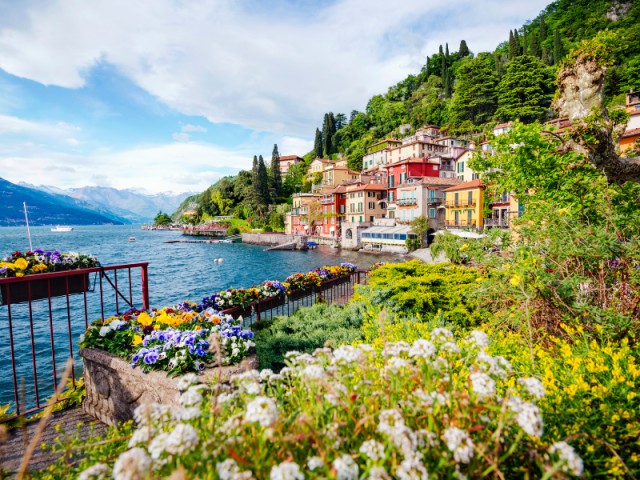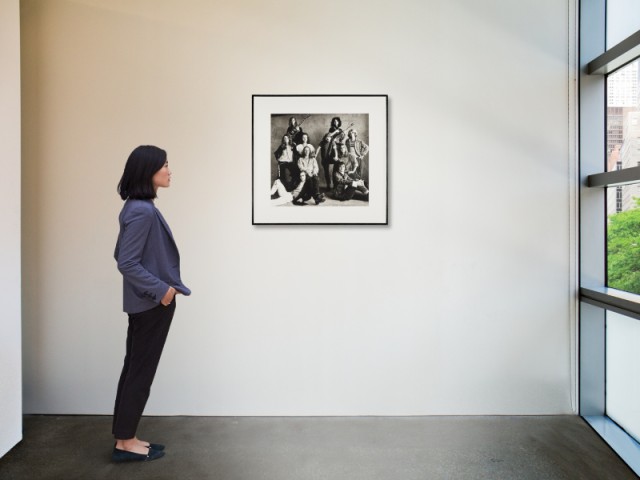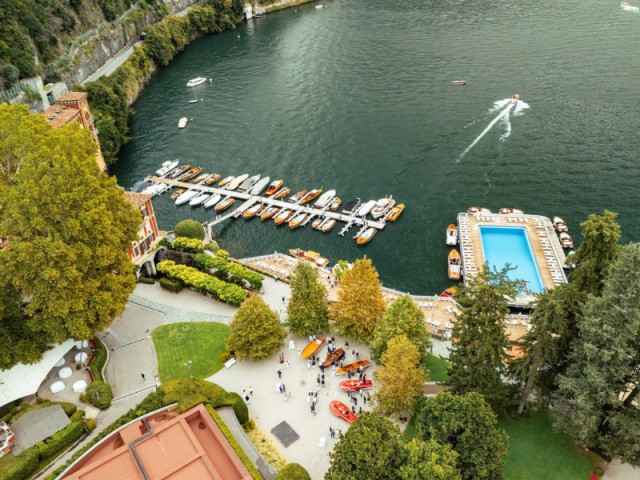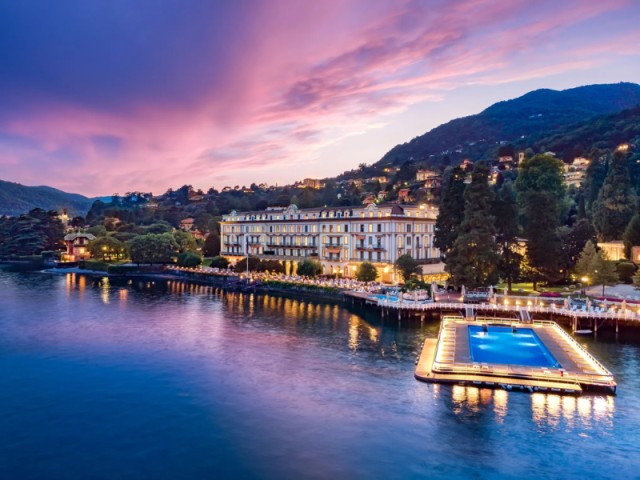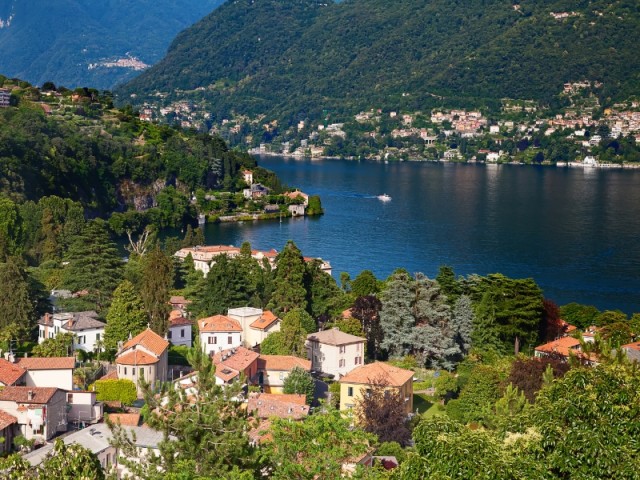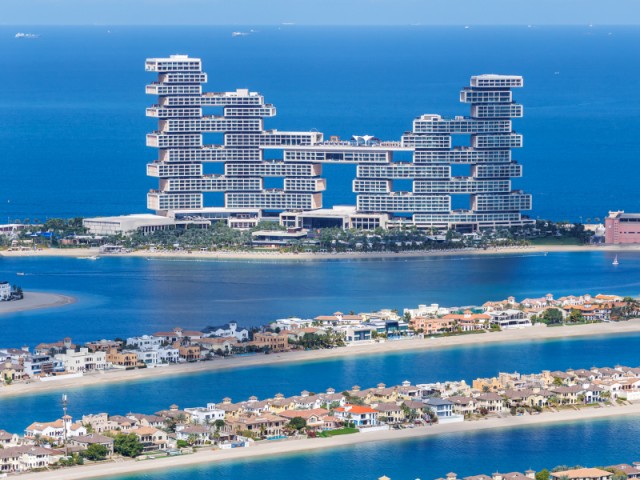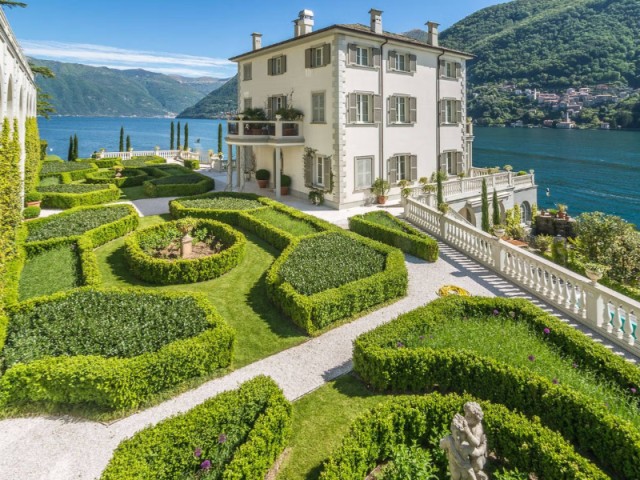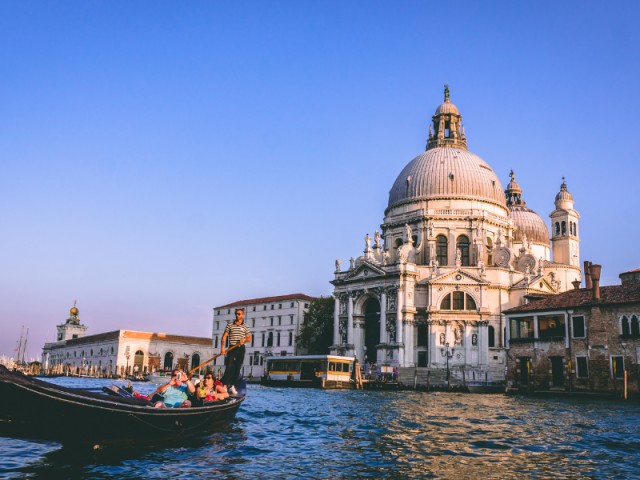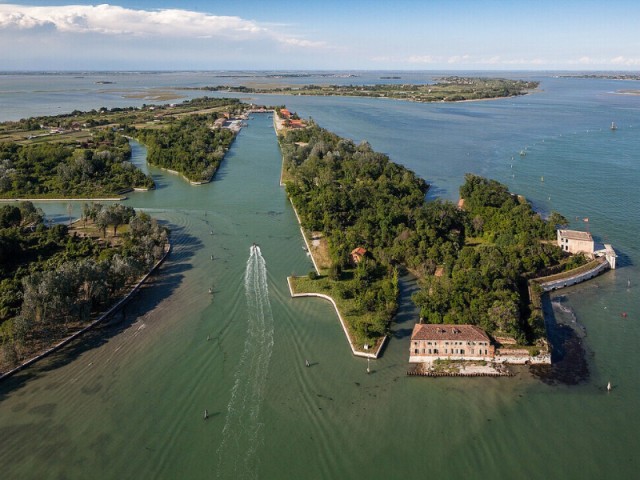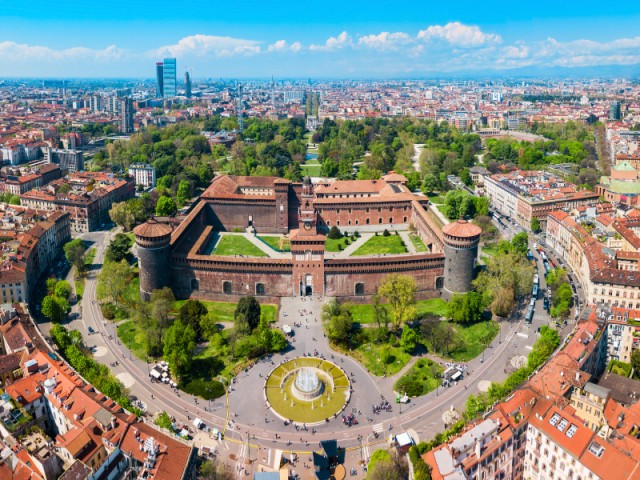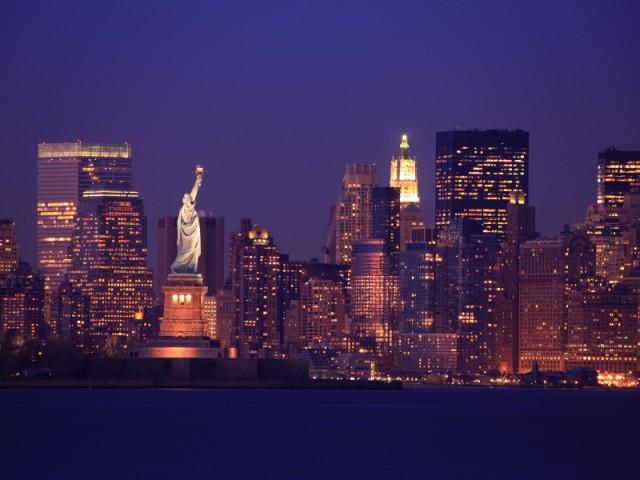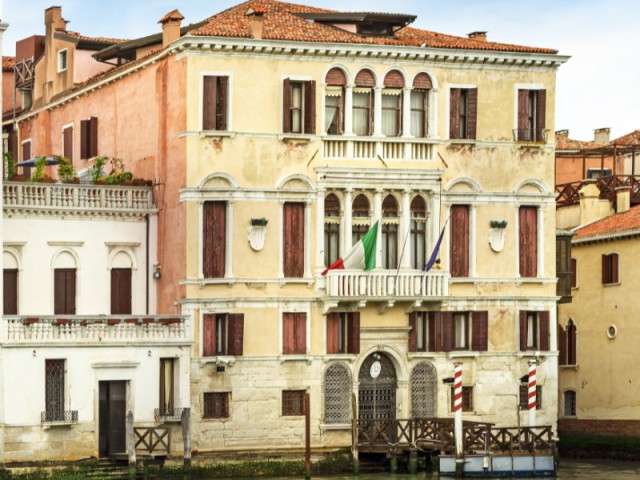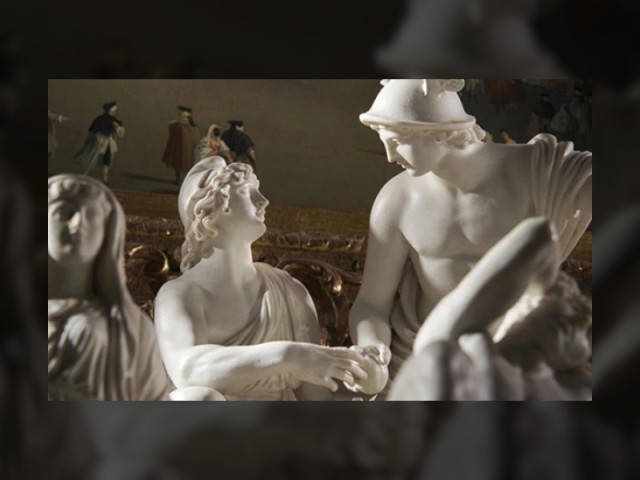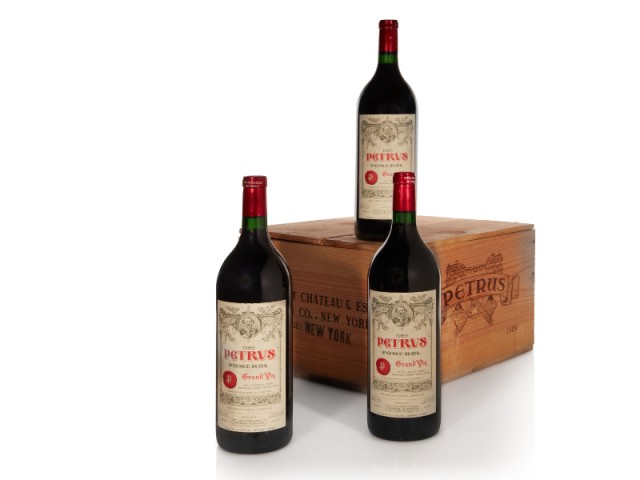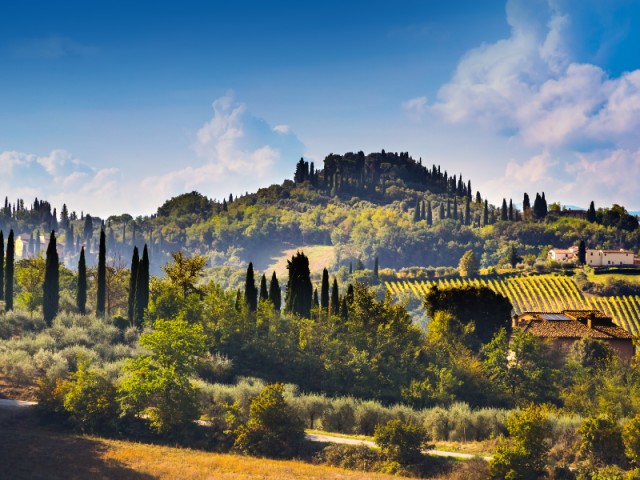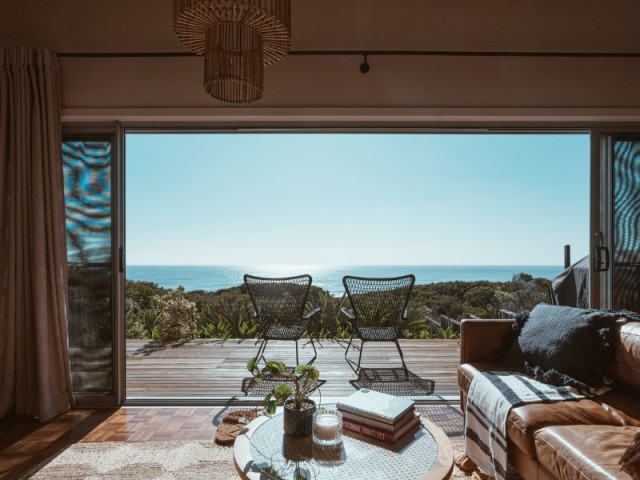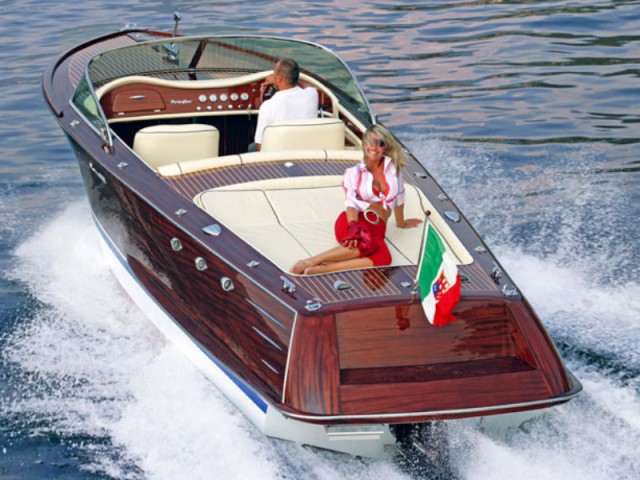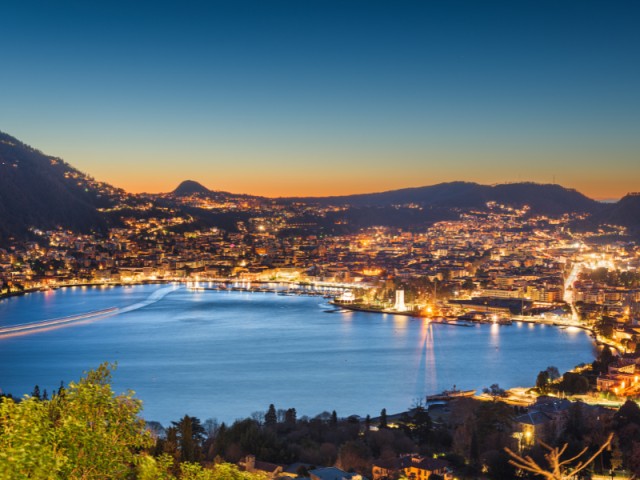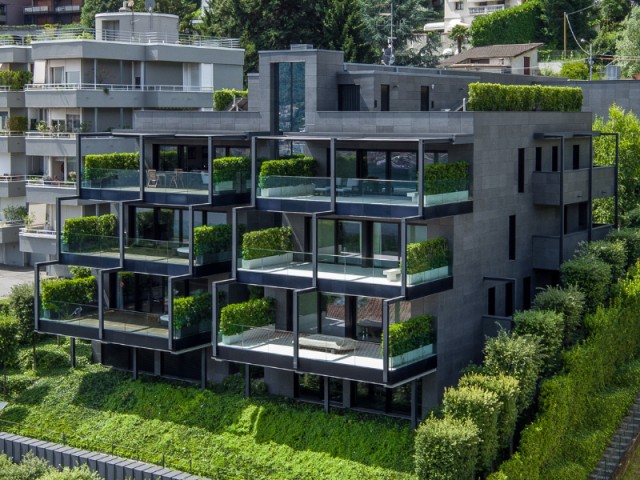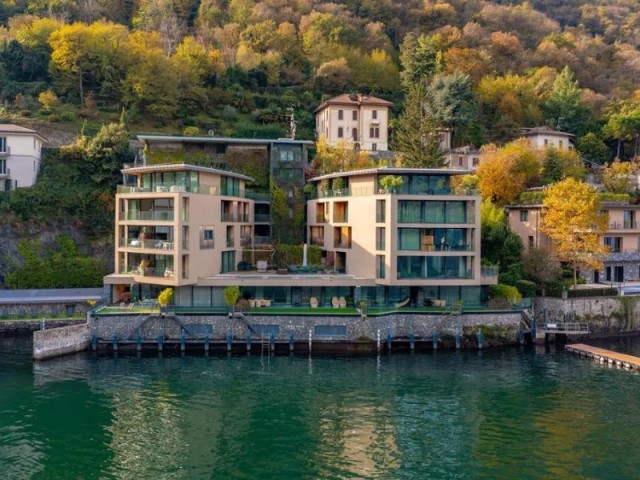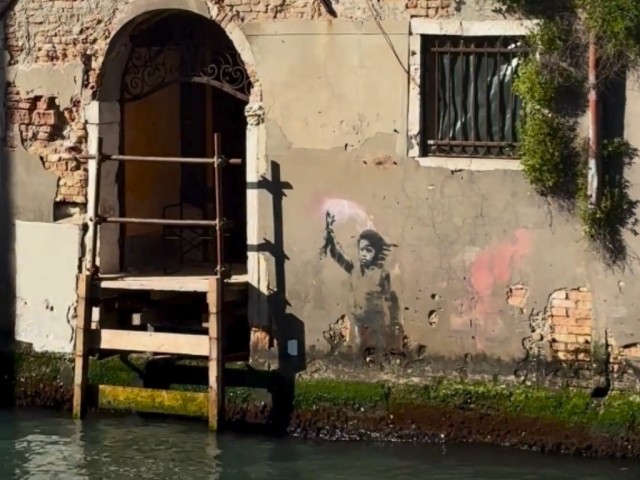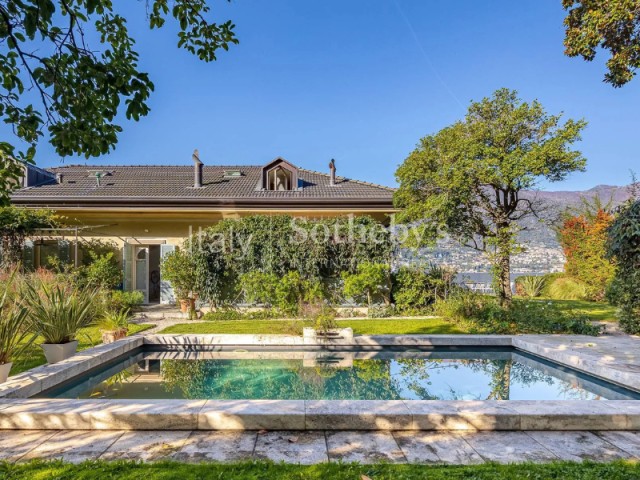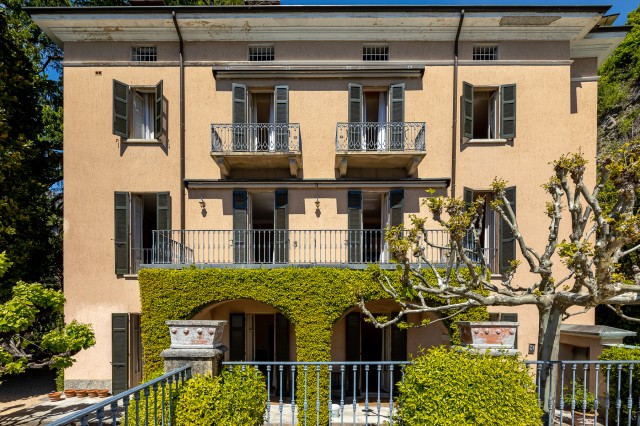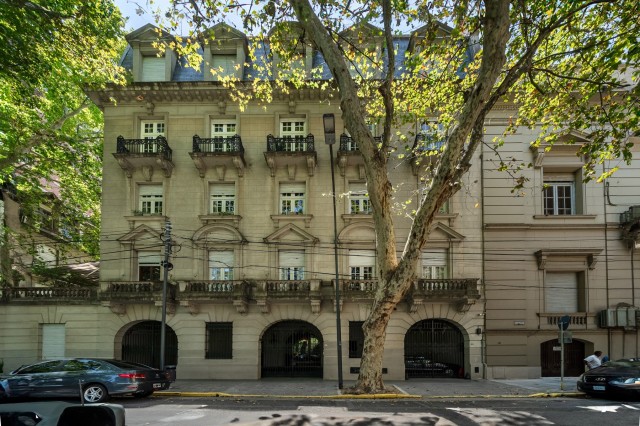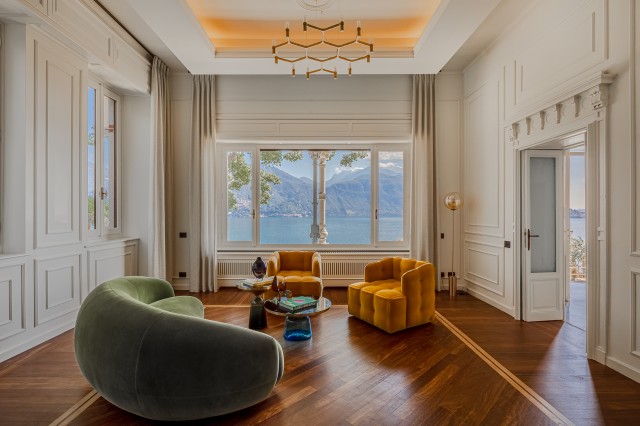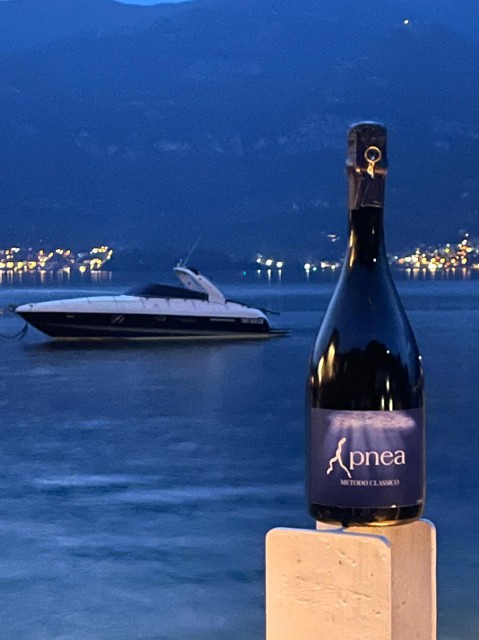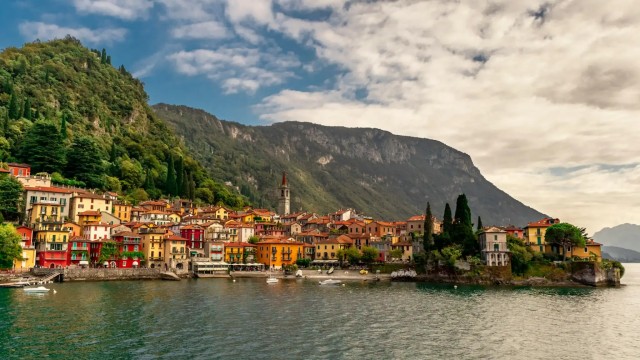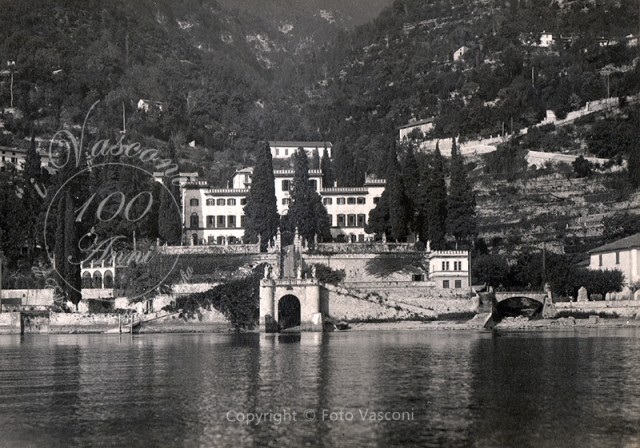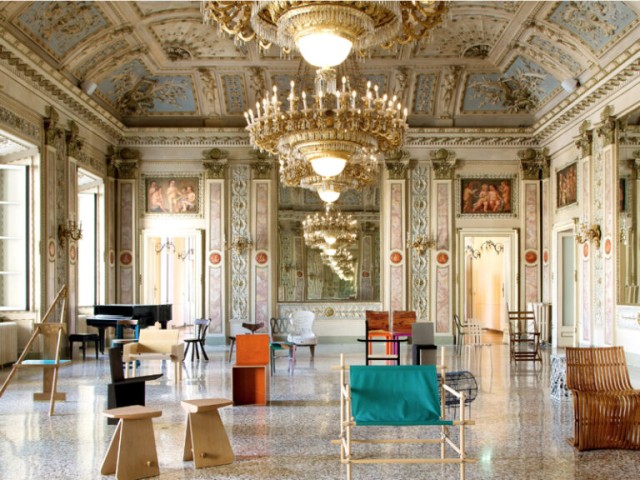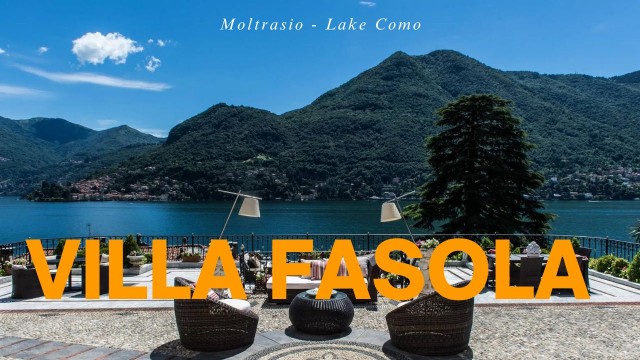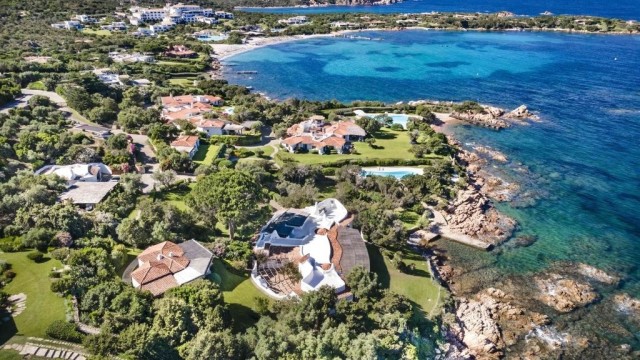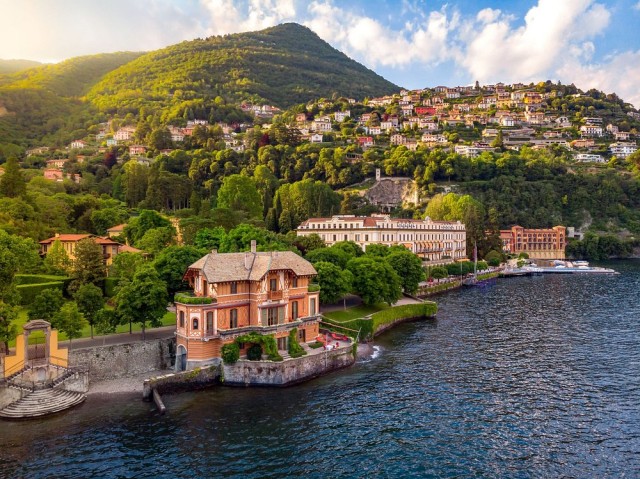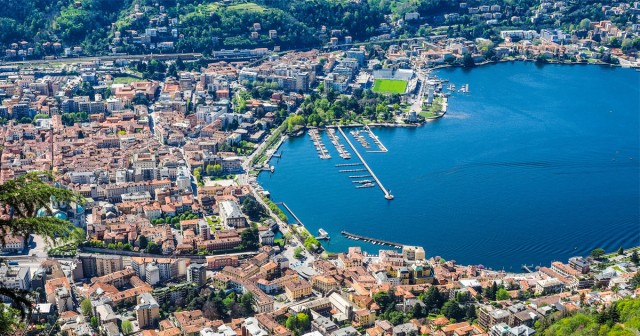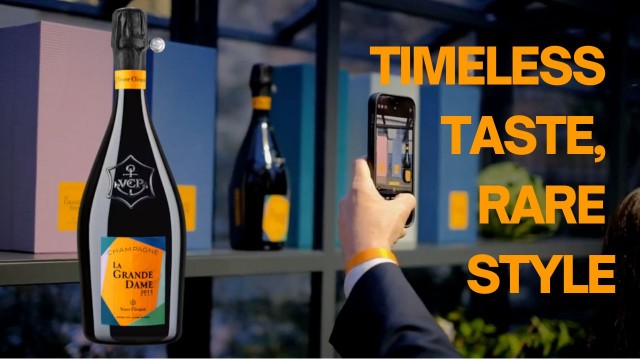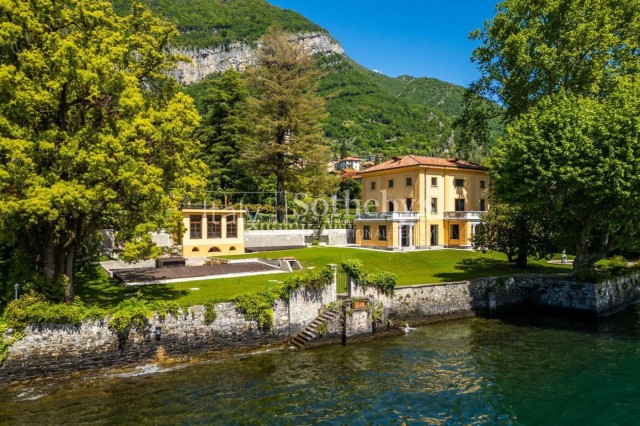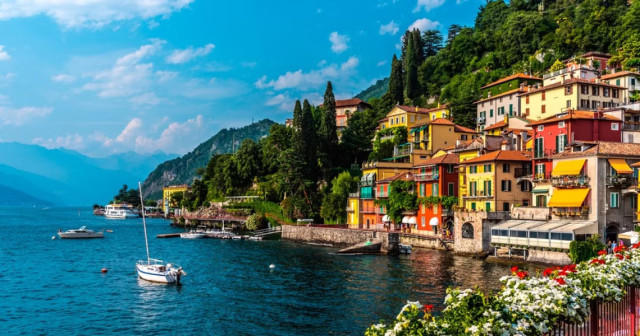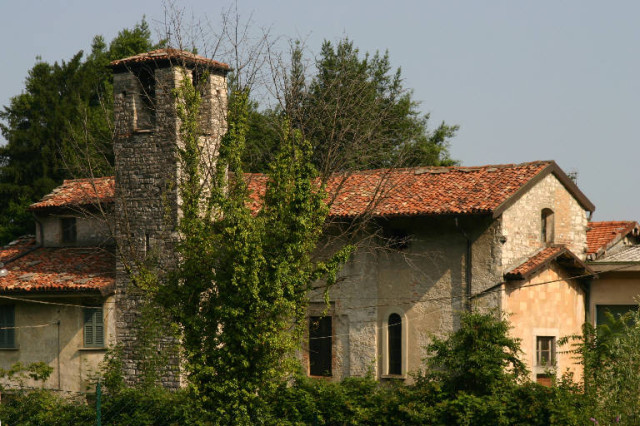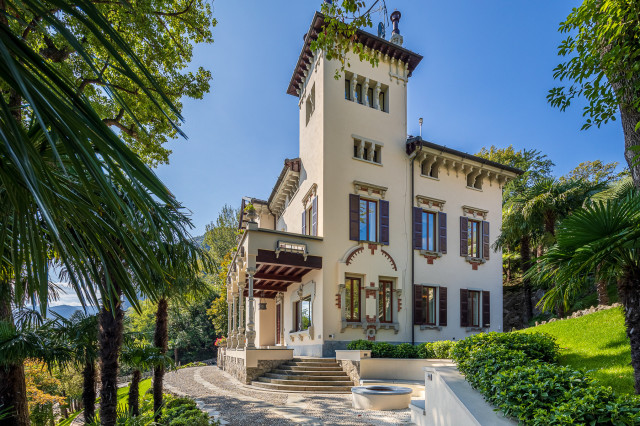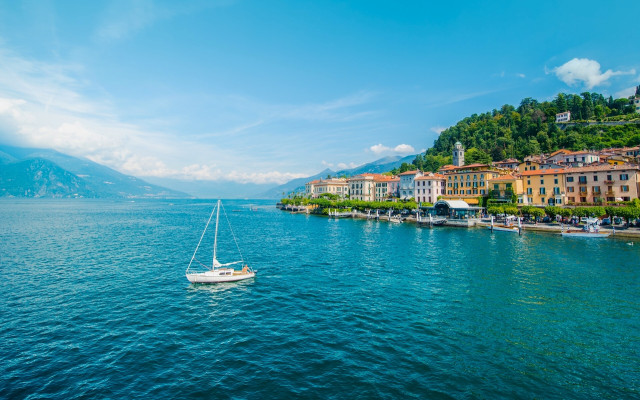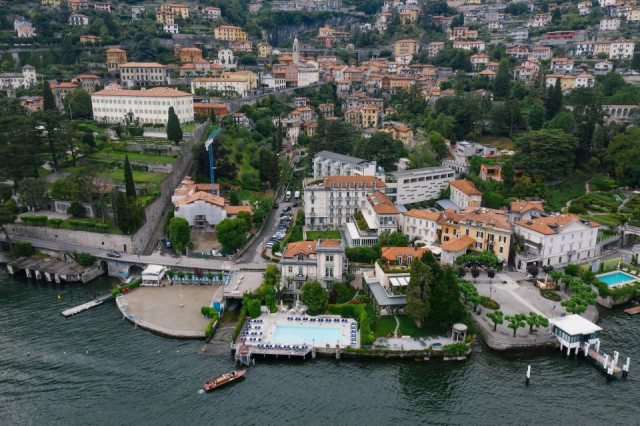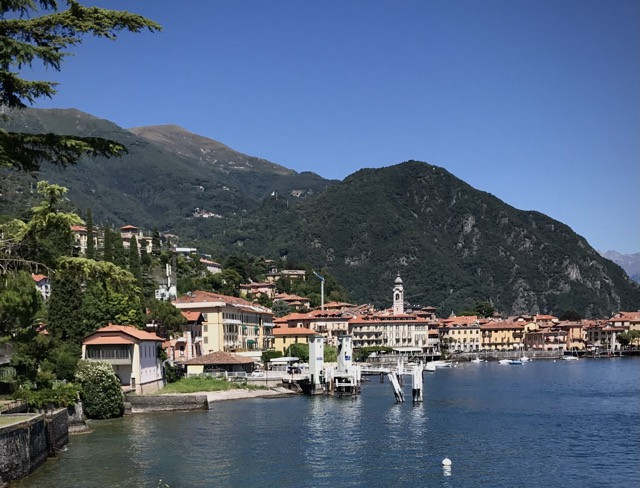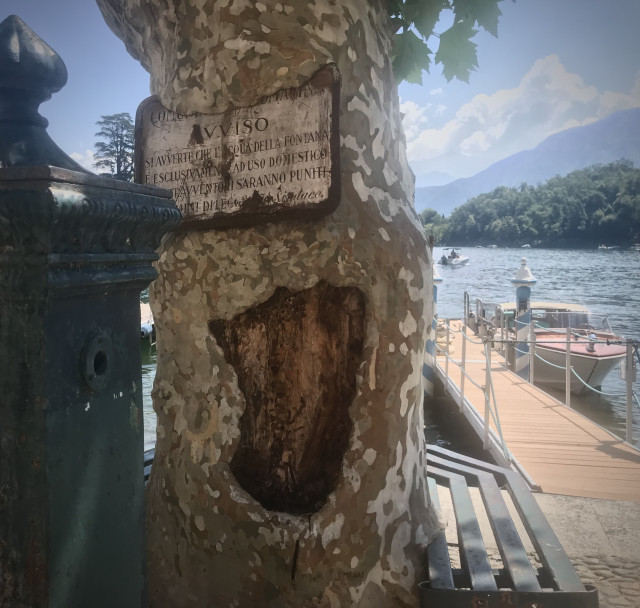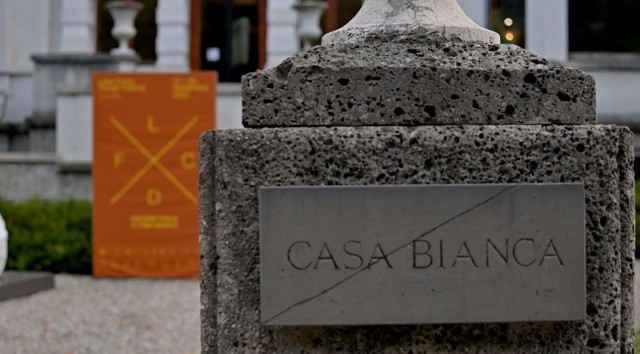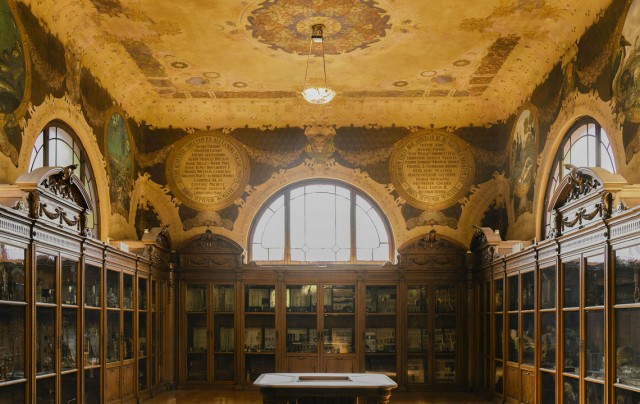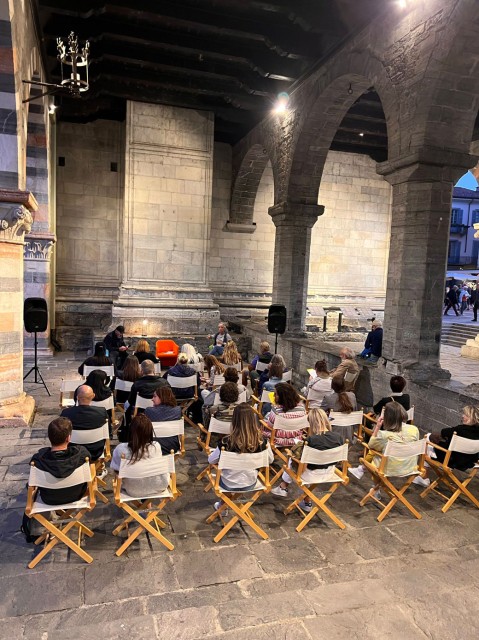
How a historic castle, once a place of spiritual reflection, is now being reimagined for a new era of bespoke hospitality.
Some places on Lake Como are defined by their past. Others, by their present. Castello di Urio, however, is in the midst of a radical transformation, where a new chapter is being written by one of the world's most visionary companies. This is not just a real estate transaction; it's a profound statement about the future of hospitality, the value of heritage, and the art of reinventing a landmark.
A Storied History Meets a New Vision
Erected towards the end of the 17th century, possibly on the ruins of an ancient fortress, Castello di Urio has been a quiet witness to centuries of Italian history. Its ownership passed through the hands of noble families—from the Della Portas to the Melzis—who shaped its broad park and elegant interiors. It briefly belonged to Queen Maria Teresa of Hapsburg Lorraine and hosted royalty, including King Victor Emmanuel II. More recently, since 1959, the castle was used for spiritual retreats by the Opus Dei.
This storied past, however, has given way to a new purpose. Facing significant maintenance costs and a desire to adapt to a new era, Opus Dei sold the property to Belmond, the hospitality arm of LVMH. The objective is clear, to transform this historic residence into a destination-defining hotel, adding a new jewel to Belmond's existing portfolio of iconic Italian properties, including the Cipriani in Venice and the Hotel Splendido in Portofino.
The Art of the Grand Reinterpretation
What makes this acquisition so compelling is the philosophy behind it. LVMH and Belmond don't merely buy properties; they buy legacies. They specialize in curating an experience that honors a location's history while infusing it with a modern, unparalleled standard of excellence. The castle’s 1.9 hectares, 180 meters of shoreline, and private jetty provide a canvas for this grand reinterpretation. The exquisite Italian gardens, with their sculptures and terraces descending to the water via a long staircase, offer a timeless backdrop for the new vision.
This project is a powerful example of how a strategic investment, fueled by a commitment to artistry and preservation, can elevate a place to new heights. It shows that in today's market, the most valuable assets are those that can be reimagined with a deep understanding of both their historical significance and their potential to serve a new purpose. It is the Belmond approach—a slow, thoughtful commitment to shaping the "heritage of tomorrow."
A Bet on Enduring Value
From my perspective, this acquisition by LVMH is a profound vote of confidence in the enduring value of Italy's most iconic assets. It is a bet not on a transient trend, but on permanence—on the kind of cultural and historical significance that will always command a premium.
In a market often driven by rapid change, LVMH's strategy proves that the most successful ventures are those built on a foundation of quality, narrative, and a commitment to meticulous craftsmanship. It’s an approach that values history while looking resolutely toward the future. For the Lake Como market, this project reaffirms its status as a premier global destination, attracting not just visitors, but visionary investors who understand that the most meaningful assets are those that transcend their physical form and become a story for generations to come.
